Written by Anthony Russo
Host: Sweden
Dates: June 5 – June 18
Winner: Norway
Golden Ball (Best Player): Hege Riise
Golden Boot (Highest Goal Scorer): Ann Kristin Aarønes – 6 goals
Not Just a One-Time Fad:
Coming off of the heels of the inaugural and wildly successful 1991 FIFA Women’s World Cup, the 1995 FIFA Women’s World Cup represented a critical junction for women’s football. For the twelve participating countries, the 1995 FIFA Women’s World Cup served a twofold purpose: On one end, it provided a global showcase for women soccer players alike to prove to the world that Women’s World Cup action was not a one-time occurrence; on another, it pitted each country against one another with the hope and ultimate goal of achieving soccer’s highest honor – the four-year crown of the champion of the world.
Olympic Implications:
On the eve of the the 1996 Summer Olympics, the 1995 FIFA Women’s World Cup served as way for international teams to qualify for the tournament (1). Although football had previously existed as an olympic competition, the 1996 Summer Olympics marked the first time in which the women’s football tournament was held. However, since there was “no time to hold a qualifying tournament, the eight best teams in the Women’s World Cup in 1995 [were to] be automatically selected for the women’s tournament (2). Similar to what the women of the 1991 had to do, the participants in the first-ever 1996 Women’s Olympic Tournament faced the inadvertent pressure of proving to a global audience that women’s football was here to stay.
Where’s the Media?
Despite the 1995 FIFA Women’s World Cup serving as the highest level of women’s soccer, there existed little media coverage surrounding the event. Other than ESPN airing games featuring the US Women’s National Team, nothing else was available on cable television to the Atlantic consumer base. ABC was considering airing the final, but even that wasn’t guaranteed, particularly if it did not include the US Women’s National Team (3).
Although 20 years is certainly a substantial amount of time, there exist few to none media archives of this 1995 FIFA Women’s World Cup. Excluding FIFA-owned coverage on the World Cup, I only found roughly five other sources that even paid the smallest amount of lip service to this tournament. I include this to serve as a disclaimer to the reader. Although it is be understandable that the 1995 World Cup lacked coverage relative to the inaugural World Cup and the 1991 Women’s World Cup, I found it remarkable as to the extent of how little media coverage actually exists.
The Perfect Host:
Initially, Bulgaria had been selected by FIFA to host the 1995 Women’s World Cup (4). However, when Bulgaria was ultimately forced to renounce its hosting rights, FIFA decided to move the tournament to Sweden due to its strong showing as hosts for the 1992 Men’s European Cup (5). The tournament was held in five different stadiums across the country. Although average attendance dipped from the 19,615 per game in 1991 China to 4,315 per game in Sweden, this dip can be largely attributed to the “mid-sized population centers” that were chosen for Sweden (6). The five stadiums: Strömvallen Stadium in Gävle, Olympia Stadion in Helsingborg, Tingvalla IP in Karlstad, Arosvallen in Västerås, and Råsunda in Solna (Stockholm), ranged from capacity of 7,300 (Strömvallen) to 36,800 (Råsunda). Distance between the venues, and lack of standardized transportation made travel an excruciating process. While trains represented the typical form of transportation for many teams, some teams such as Germany were fortunate enough to enjoy a team plane sponsored by the German Soccer Federation (7).
Twelve countries participated in the 1995 FIFA Women’s World Cup: United States, Canada, Sweden, Norway, Germany, England, Denmark, Australia, Brazil, Japan, China, and Nigeria. These twelve countries were then divided into groups of 4
Group Stages:
Group A: Germany, Sweden, Japan, Brazil
After beating Sweden 3-2 in the UEFA final only a few months prior, the German team entered the tournament as slim group favorites over the hosting Swedes. Led by Silvia Neid and up-and-coming 17-year old Birgit Prinz, the German squad also entered the tournament as one the youngest squads in Sweden. As such, the Germans easily took care of Japan 1-0 in their first match, using a 23rd minute goal by Silvia Neid as the inevitable game-winner. Unfortunately for the near-favored Swedish team, the first game did not come to be the cakewalk that was expected. In the opening game of the tournament, Brazil trumped Sweden 1-0 off of a Roseli goal in the 37th minute.
The 2nd leg of group stage games featured a must-win matchup for the hosting Swedes against the German team. Down 2-0 to the Germans at the end of the 1st half, advancement looked bleak for the Swedish squad. Although the Swedish team was able to capitalize on a 65th minute goal by Malin Andersson, the Swedes still faced a 2-1 deficit with 10 minutes to play. Led by a goal and assist by soccer-great Pia Sundhage in the 80th and 86th minutes, the Swedes were able to pull off the unthinkable and claw back to emerge victorious, 3-2. When all was said and done, it was the German, Swedish, and Japanese teams whom were all able to advance to the knockout leg of the tournament.
Advanced: Germany, Sweden, Japan
Group B: Norway, Nigeria, Canada, England
Unfortunately for fans, Group B provided little excitement as Norway entered the tournament as overwhelming group favorites. Their results spoke for themselves; in the 3 group matches that Norway played, Norway scored 17 goals and conceded 0, providing a staunch message to the world that repeating another 2nd place overall finish in this year’s World Cup was not good enough. Despite suffering a 2-0 loss to Norway -the smallest margin of defeat compared to fellow group members- England managed 3-2 wins against both Nigeria and Canada and became the 2nd Group B team to advance to the knockout stages.
Advanced: Norway, England
Group C: United States, China, Denmark, Australia
Returning a nucleus of 6 players from the 1991 FIFA Women’s World Cup Championship team, The US entered as tournament favorites with hopes of winning back-to-back World Cups. Although Michelle Akers was sidelined with a knee injury in the group stages, the US still managed to field a team that had been consistently playing together since the late 1980s. After a 3-3 draw with a formidable Chinese team, the US went on to beat Denmark and Australia in an effort to secure a spot in the knockout stages. The Chinese team also followed their draw with wins against Denmark and Australia in their own bid to advance to the knockout stage. Although the Danes and the Brazilians (in Group A) each had one win to their name, the Danes were able to advance to the knockout stages due to a better goal differential with that of their Brazilian counterparts.
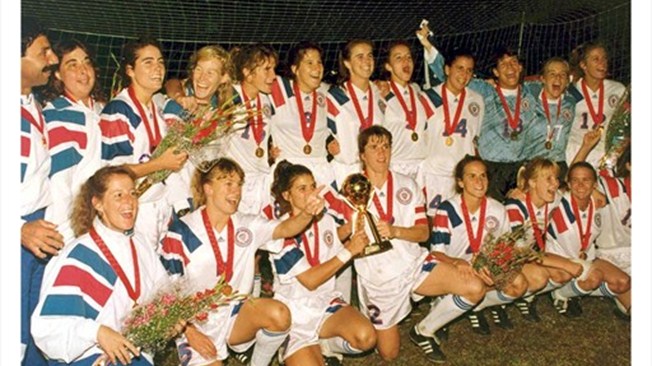
Entering the tournament as defending champions, the US was a strong favorite to make a run at the title (courtesy of fifa.com) (9)
Advanced: United States, China, Denmark
(8) All individual game results courtesy of http://www.rsssf.com/tablesw/wwc95f.html
Knockout Stages:
Quarterfinals
The knockout stages featured the top four teams from the 1991 Women’s World Cup (United States, Norway, Sweden, Germany) as well as four other formidable forces (England, China, Japan, Denmark). After an incredibly dominant group stage performance, Noway entered the knockout stage overtaking the US as tournament favorites. In their first knockout stage match against Scandinavian neighbor, Denmark, Norway was able to take a quick 1-0 lead in the 21st minute thanks to a goal by Gro Espeseth. There was little question as to who was going to win throughout the match and only after Norway was up 3-0 did Denmark tally a late goal (9). The US also cruised into the seminal stages after a beautiful free kick goal by Kristine Lilly in the 8th minute gave the US a lead that would never be relinquished (10). Similar to the US and Norway, Germany punched a ticket into the semifinal with a dominant 3-0 performance against an over-matched Japanese squad.
The Sweden-China quarterfinal matchup provided enough excitement to make up for the other 3 lopsided quarterfinal match-ups. Facing a 1-0 deficit entering 2nd half stoppage time, the Swedes pulled together to get the equalizer in the 93rd minute (10). After a quiet overtime, the game moved to penalty kicks, and with that, the Sweden-China match was the first-ever Women’s World Cup game to be decided on penalty kicks. After two enormous saves by penalty-kick specialist Gao Hong, China overpowered Sweden and went on to the semifinals, finishing revenge on the same team that knocked China out 4 years earlier.
Semifinals
The semifinal matchup between the US and Norway served as a rematch of the 1991 Women’s World Cup Final, a match in which the US emerged victorious on penalty kicks. Described as a rivalry akin to what the “Yankees and Red Sox are to baseball, the Packers and bears are to football, and Ali and Frazier are to boxing,” the US-Norway rivalry kept viewers on the edge of their seats (11). Fortunately for the Norwegian squad, Swedish fans turned their support to their neighboring country as a result of Sweden’s premature exit.
Ann Kristin Aarønes and her 5ft 11.5in frame proved to be a major advantage for the Norwegian squad throughout the tournament. As she noted in an interview during the 1995 World Cup:
“It is obviously an advantage to be as tall as I am, especially on challenges in the air. It also helps when balls are played in on corners.” -Ann Kristen Aarønes, FIFA TV (12).
Fortunately for Norway, Aarønes prowess on corners is exactly what helped Norway extract revenge on the team that triumphed in the 1991 Women’s World Cup. In the 10th minute of the match, Aarønes connected on a corner kick to give the Norwegian’s an early lead. Though Norway dictated play for the majority of the first half, the Americans responded with a strong 2nd half showing in an effort to connect on an equalizer. Despite coming close on various opportunities, the equalizer proved to be unattainable, and the Norwegian squad emerged victorious. The result was heartbreaking for an American squad hopeful to defend their World Cup crown, and Norway’s customary “train” post-game celebration particularly irked the American women. As Norwegian forward Linda Medalen said after the game:
“It’s fun to beat the Americans because they get so upset and make so much noise when they lose. This is a problem. Never be weak.” -Linda Medalen, NY Times (13).
China’s “exhausting quarterfinal against Sweden certainly affected them” in their semifinal matchup against Germany (14). Though the Chinese were able to stand their ground against an onslaught of German chances, the Germans were finally able to capitalize in the 88th minute after Bettina Wiegmann put a volley home after a failed clearance by a Chinese defender.
Final
Germany v. Norway
Unfazed by pouring rain, 17,158 eager spectators packed the Råsunda Stadium in Stockholm, Sweden to witness the second-ever FIFA Women’s World Cup Final (15). In a battle between two powerhouses, Norway, the tournament favorites, matched up against a young but dangerous German squad. After falling to the U.S in penalty kicks in the 1991 FIFA Women’s World Cup Final, the Norwegian team entered the tournament knowing that anything but a championship finish would be considered a failure.
Unfortunately for Norway, they were to play the final without team captain and highest capped player, Heidi Store, who “received two yellow cards in the semifinal round and earned an automatic one-game suspension” (16). Despite this, however, Norway was able to dig deep and muster a dominant first half. Hege Riise finally broke the tie in the 36th minute after a beautiful run was capped off by a well-placed shot from right outside of the 18 (at the 42:00 minute mark of the video).
Norway took full advantage of the momentum swing, and 4 minutes later, 19-year old Marianne Pettersen put back a loose-ball save by German goalkeeper Manuela Goller to double the Norwegian lead to 2-0 (at the 45:20 minute mark of the video).
After a quiet 2nd half, it became official: Norway was to be crowned the Women’s soccer champions of the world. With 23 goals scored and just 1 conceded throughout the tournament, it was evident that Norway was in a “class of their own, physically and tactically” (17).
Final Thoughts: What did this mean for soccer?
The 1995 Women’s World Cup served as a catalyst for key story lines that would be expanded on in future World Cups. The ’95 World Cup provided moments of magic, drama, intensity, and above all else, redemption for the Norwegian team. Players did not approach this tournament as an afterthought; German captain Siliva Neid remarked after the tournament:
“It was a great World Cup, particularly from my point of view. I know that I had prepared really well for this. It was clear that it was my last World Cup. I had registered myself as unemployed before so that I really had a lot of time to train, which is what I did” -Silvia Neid, FIFA TV (18).
Although the 1995 FIFA Women’s World Cup is often overlooked in favor of the previous and following World Cup tournaments, the 1995 World Cup proved to be extremely significant as it cemented women’s football with an international fan base.
Return to History of the Women’s World Cup Main Page
References:
[1] FIFA; Women’s World Cup: Sweden 1995.
http://www.fifa.com/tournaments/archive/womensworldcup/sweden1995/
[2] Wikipedia; 1996 Summer Olympics
http://en.wikipedia.org/wiki/Football_at_the_1996_Summer_Olympics
[3] Ronnie Guftason; Women’s Soccer. Swedish Press 66.6 (June 30, 1995): 12.
http://search.proquest.com.proxy.lib.duke.edu/docview/217800341?pq-origsite=summon&accountid=10598
[4] Guftason, Women’s Soccer.
[5] Guftason, Women’s Soccer.
[6] FIFA; Women’s World Cup: Sweden 1995
[7] FIFA; Women’s World Cup: Sweden 1995
[8] David Shannon: Women’s World Cup 1995 Sweden: Tables and Results
http://www.rsssf.com/tablesw/wwc95f.html
[9] David Shannon
[10] FIFA: Raising Their Game: Enjoying it in 1995 (YouTube Video)
[11] Jere Longman; Norway’s Rivalry with the U.S Is Intense. NY Times (June 13, 1999)
http://www.nytimes.com/1999/06/13/sports/women-s-world-cup-norway-s-rivalry-with-us-is-intense.html?pagewanted=all&src=pm
[12] FIFA: Raising Their Game
[13] Jere Longman
[14] FIFA: Raising Their Game
[15] Doug Cress; Norway Women Win World Cup. Chicago Tribune (June 19, 1995)
http://articles.chicagotribune.com/1995-06-19/sports/9506190042_1_hege-riise-norway-rasunda-stadium
[16] Doug Cress
[17] FIFA: Raising Their Game
[18] FIFA: Raising Their Game
Images:
1. https://www.youtube.com/watch?v=2Ga8KqOBdWw
2. http://www.fifa.com/tournaments/archive/womensworldcup/sweden1995/
3. http://en.wikipedia.org/wiki/1996_Summer_Olympics#/media/File:1996_Summer_Olympics_logo.svg
4. http://en.wikipedia.org/wiki/1996_Summer_Olympics#/media/File:1996_Summer_Olympics_logo.svg
5. http://en.wikipedia.org/wiki/1995_FIFA_Women%27s_World_Cup#/media/File:FIFA_Womens_World_Cup_1995.png
6. http://www.uefa.com/womenseuro/season=1995/golden-player/index.html
7. https://womensfootballarchive.files.wordpress.com/2014/06/semparev-sweden1989small.jpg)
8. https://www.youtube.com/watch?v=z7kRzEKGpJg
9. fifa.com/tournaments/archive/womensworldcup/chinapr1991/index.html
10. http://en.wikipedia.org/wiki/1995_FIFA_Women%27s_World_Cup
11. https://www.youtube.com/watch?v=z7kRzEKGpJg
12. https://www.youtube.com/watch?v=z7kRzEKGpJg
13. http://www.fifa.com/tournaments/archive/womensworldcup/sweden1995/preliminaries/index.html
How to cite this page: “1995 Women’s World Cup” Written by Anthony Russo (2015), World Cup 2015 Guide, Soccer Politics Blog, Duke University, http://sites.duke.edu/wcwp/world-cup-guides/world-cup-2015-guide/history-of-the-womens-world-cup/ (accessed on (date)).

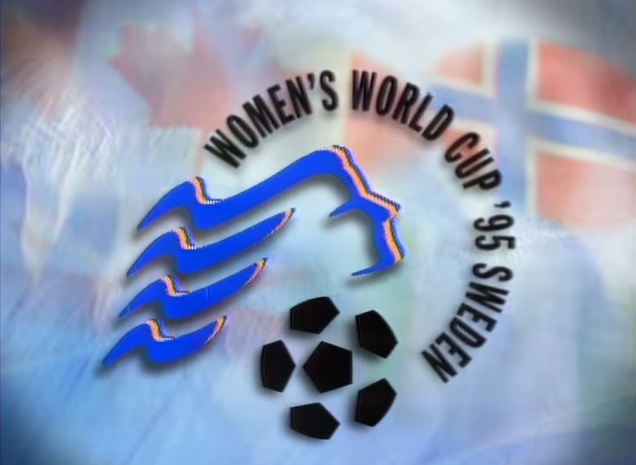
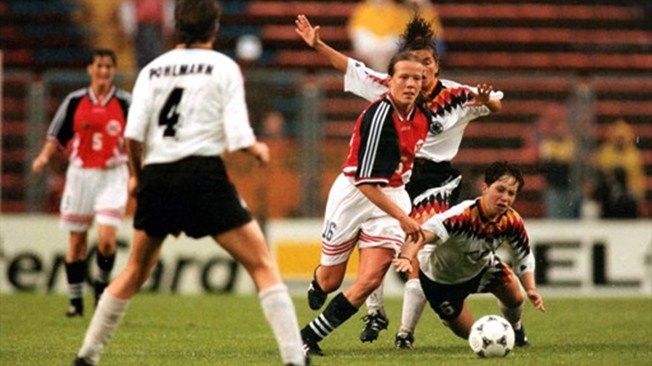



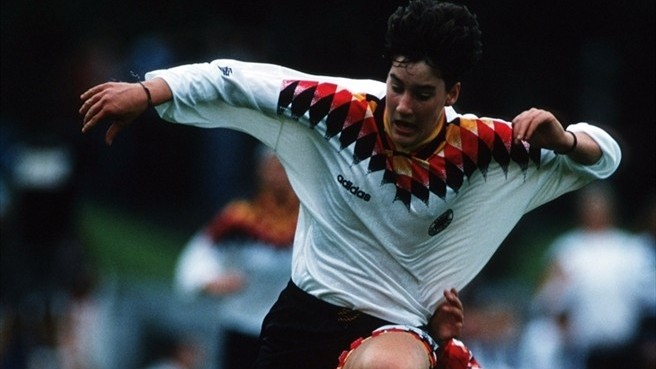
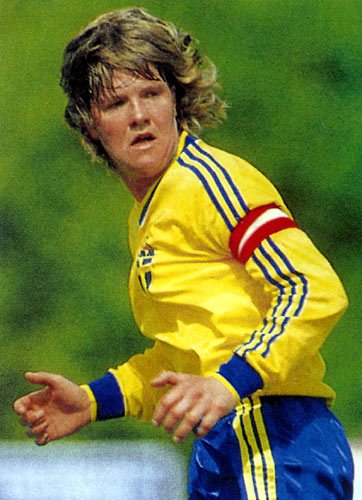

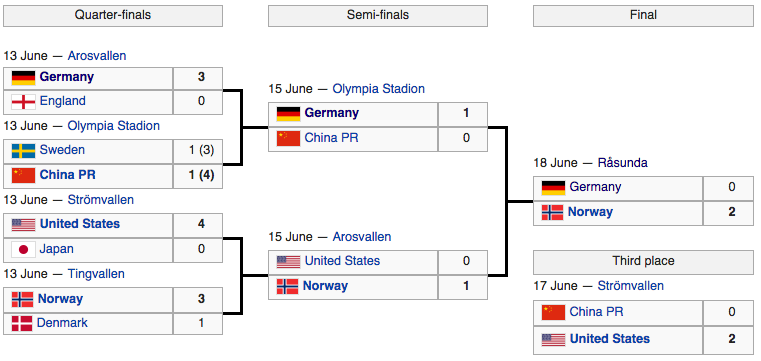
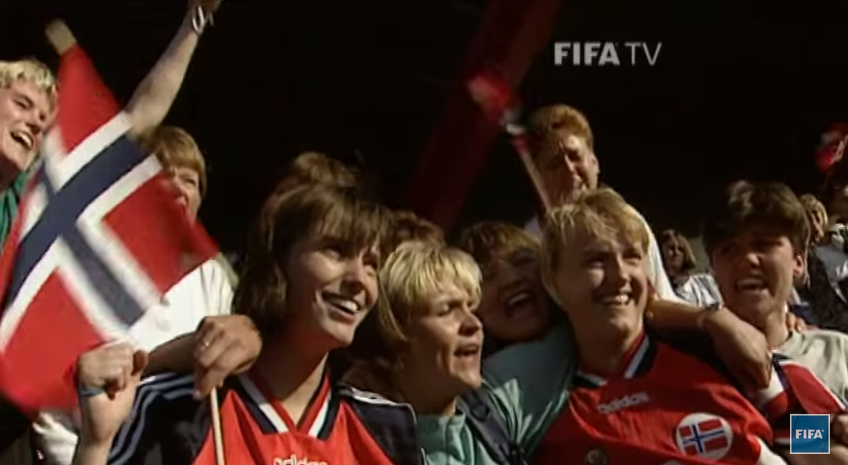
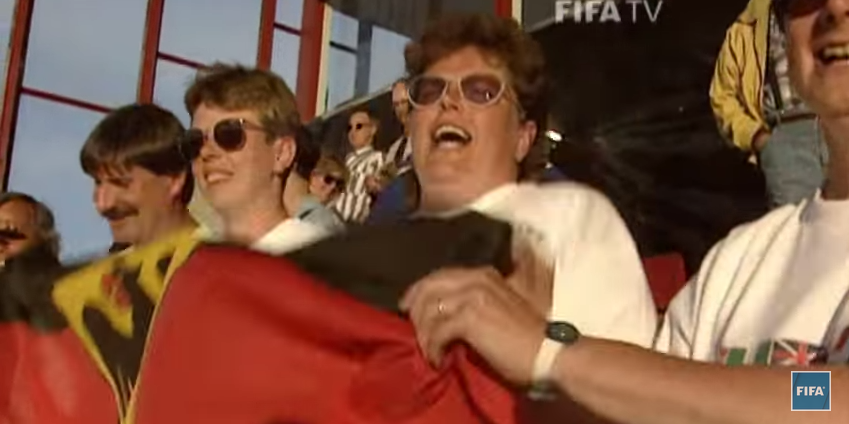

Twice you state that the 1991 World Cup final went to penalty kicks. That isn’t true. USA won 2-1 off to gold by Michelle Akers Stahl.
Pingback: Mundial Feminino: Suécia 0 x 1 Brasil | Seleção Brasileira Todos os Jogos